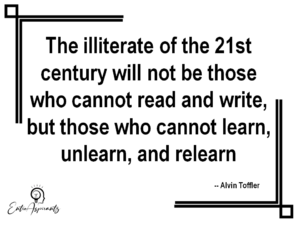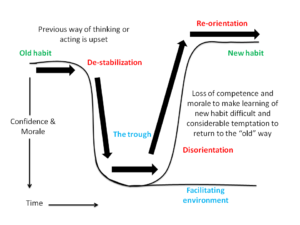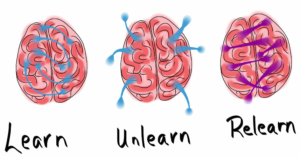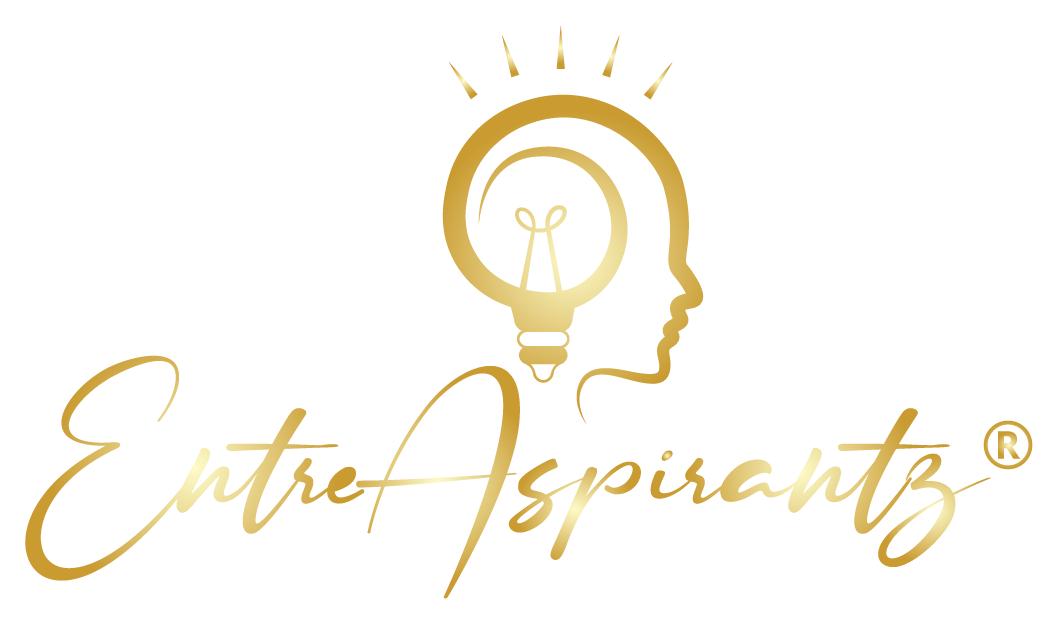Unlearn and Relearn a habit stages
Habit is either the best of servant or the worst of master. Every day, each of us has our own habits and routines. We discussed how a habit is formed and how to break a negative habit by creating a new habit loop. But, what is the process that you are going through to change a bad habit?
You will go through three stages in the learning curve process:
1. Destabilization – A previous habit or behavior that irritates you might be used as a motivator.
2. Disorientation – The “trough” makes learning harder by causing a loss of confidence and morale, and there is a strong desire to go back to the “old way.”
3. Reorientation – The gradual climb out of the trough of unlearning and relearning habits, skills and once productive (or wise) activities are needed such that new habit learning can take place.
De-stabilization
The learning process started with an external crisis or dissatisfaction as a motivator but generalised personal discontentment is insufficient to trigger a train of thoughts. Personal growth in learning, having a sense of purpose, or finding meaning in our life are intrinsic motivators that will keep you going in the absence of external rewards, pressures, or deadlines.
Environment and situation are equally important if you want the learning process to continue. A facilitated setting must make the potential learner feel at ease and involved so that they can take charge of the learning process. The potential learner will assess the surroundings to see whether it provides a possibility to change.
It doesn’t matter whether the supporting environment was in place beforehand or “rises to the occasion” when called upon; some of them didn’t even realized that they weren’t feeling comfortable or suitable to continue with the process.
Disorientation
Disorientation occurs during the trough process, when apathy sets in and the entire learning process is dismissed: these either become permanent, in which case the learning process is terminated, or they fail to last. Of course, the particular emotional pattern differs from individual to individual.
External pressures from the potential student can be created at work or at home, and there are a variety of factors that might make the potential learner feel irritated. The disorientation aspects of emotional pattern are rather evident if the learner can identify the point of de-stabilization; nevertheless, the reality is that the total learning process often passes unnoticed, and the learner is just left feeling unaccountably uncomfortable or agitated.
A transient decrease or trough occurs as a result of the gap between letting go of the old and developing new habit. This diminished competence is a physiological blow that can be a big disincentive to carry on. This is the psychological cost of abandoning old patterns while also accepting the lack of understanding of the new.
Reorientation
After the disorientation stage, the temptation to revert still retains. The learner must now integrate the new habit into his or her general belief system and behavior. This can be challenging, and there is some evidence that difficulties encountered in practice resuscitate the losses experienced during the disorientation period, so that the trough described thus far repeats itself like a fading echo as the new learning takes hold.
As a result, the facilitating environment’s help will continue to be required. You’ll acquire new habits and incorporate them into your life once you’ve passed this stage. As a result, illustrated in Fig. 1, the new habit curve is higher than the previous habit curve.
To develop a new habit, you must first unlearn an old one, a process known as the learning curve.
To begin, find a motivation (a poor habit or a negative routine) that makes you unhappy in life.
Second, accept and welcome the unsettling change that may lower morale and self-confidence. Fight back against the urge to relapse to old habits with the help of a facilitating environment.
Finally, a positive habit has the power to transform a person’s life in all aspect, including the decisions we make and the life we choose to live.
The correct habit can help you achieve your objectives, grow into the person you want to be, and improve your overall quality of life. It’s an investment that reaps you a lifelong benefit.




